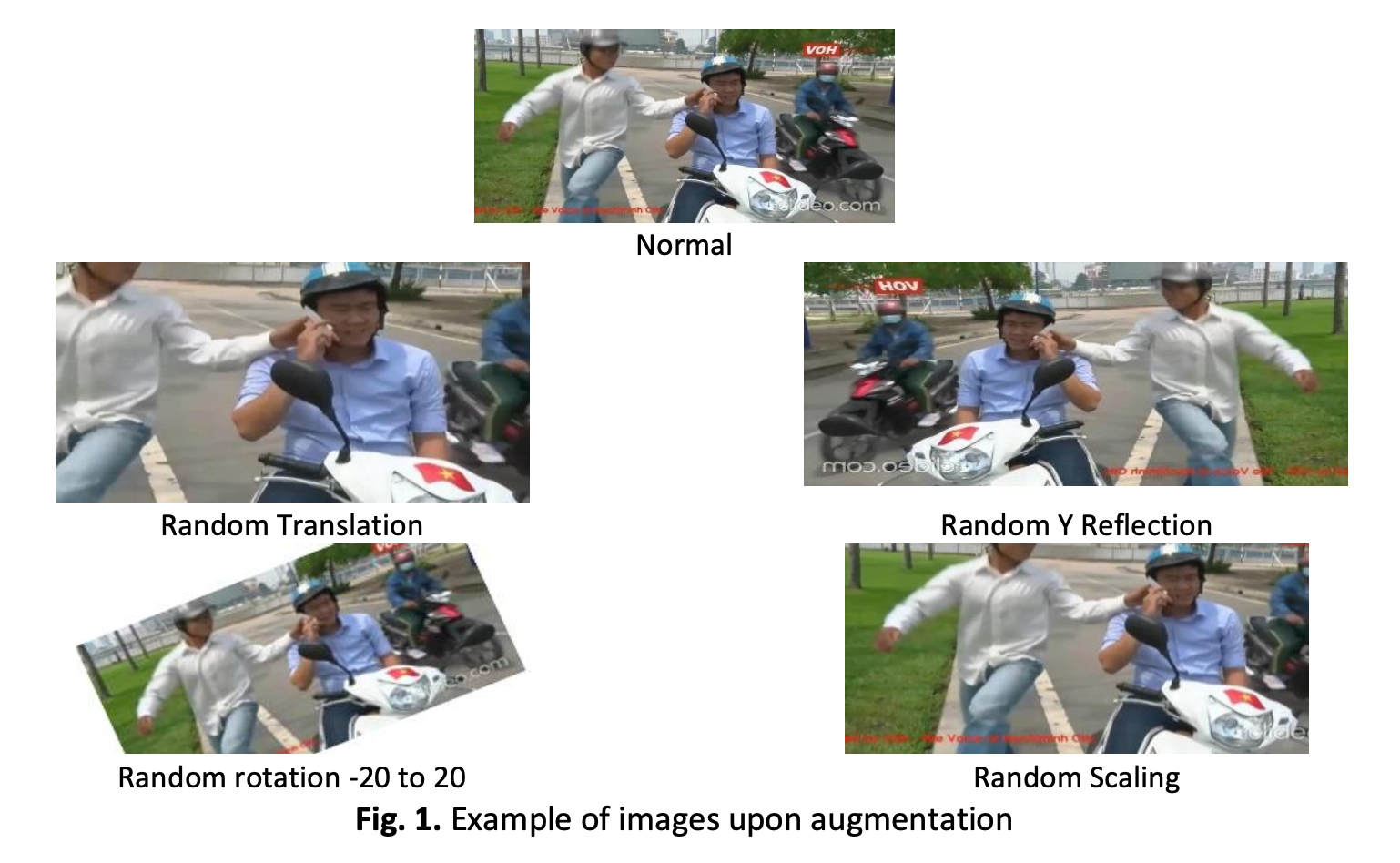Real Time Snatch Theft Detection using Deep Learning Networks
DOI:
https://doi.org/10.37934/araset.31.1.7989Keywords:
Real-time detection, snatch theft, deep learning, image classificationAbstract
Snatch theft is a common crime in urban areas that poses a serious threat to public safety. It involves forcefully grabbing a victim's personal belongings, such as purses or mobile phones, before quickly fleeing the scene. Detecting snatch theft incidents in real-time is a challenging task due to the speed at which they occur. The current methods used to detect snatch theft incidents rely heavily on human intervention, which can lead to significant delays and potential errors. Therefore, there is a need for an automated technique that can accurately and efficiently detect these incidents in real-time. Hence, the study aims to detect snatch theft using a transfer learning approach based on eight pre-trained convolutional neural networks (CNNs) as classifiers: AlexNet, VGG16, VGG19, GoogleNet, InceptionV3, ResNet-18, ResNet-50, and ResNet-101. The modified pre-trained CNN models are evaluated in both offline and real-time modes. Based on the offline mode, VGG19 achieved 100% training accuracy, and ResNet50 had the highest testing accuracy of 98.9%. In the offline mode, all models accurately classified normal scenes, with ResNet-10 having the lowest false negative rate and ResNet-50 achieving the lowest false positive rate with only 44 misclassified anomaly frames related to snatch theft. The study further evaluated and validated the eight models in real-time mode, and the results showed that AlexNet and ResNet-18 were the only models capable of categorizing snatch theft scenarios with promising findings.




























